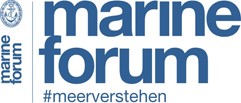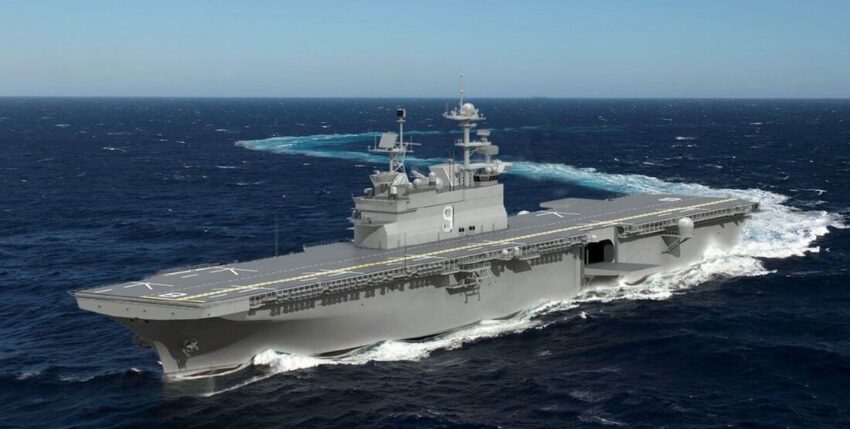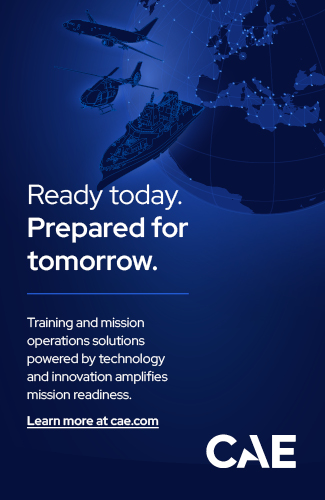To begin with, the American "amphibious assault ships", first of the "Wasp" class (LHD 1-8, in service from 1989 to 2009), then the "America" class (LHA 6-8, in service from 2014 to 2024), are 260-metre-long and 40,000+ tonne flight deck carriers designed to support landing operations by the US Marines. Although they are almost identical in silhouette, the facilities on and below deck have changed over time with the evolving air combat and transport vehicles: From helicopter to swing-rotor wing and from vertical takeoff MV-22 Osprey to short-takeoff-vertical-landing F35-B Joint Strike Fighter (STOVL), including the Marines' projected Air Combat Element.

Amphibious aircraft carriers
While only seven of the eight ships of the "Wasp" class are still in service following the total loss of the "Bonhomme Richard" after the days-long fire at the pier at Naval Base San Diego in 2020, only two units of the "America" class have been commissioned (LHA 6 and 7, type ship and USS Tripoli) and belong to the first lot (flight 0). USS Bougainville (LHA 8) of the next batch (flight 1) is under construction at Huntington Ingalls Industries (HII) in Pascagoula, Mississippi - and the Secretary of the Navy (SecNav), Carlos del Toro, decided on the name for number 9 just before construction began: LHA 9 is to be named after the Iraqi city of "Fallujah", which was the site of the two bloodiest battles of the Iraq war in 2004.
Battle of Falujah
In the "First Battle of Fallujah" in April 2004, insurgents who were held responsible for the murder of four US contractors were to be captured. The Second Battle of Fallujah (7 November to 23 December 2004) served to regain control of the city. U.S. Marines and coalition forces lost over 100 soldiers and 600 were wounded - "Operation Fury" was the most costly offensive since the battle for Hue City in the days of the Vietnam War.
Second construction lot
The two amphibious assault ships of the second batch, "Bougainville" and "Fallujah", will again have bays in the stern into which smaller landing craft and hovercraft can enter. This will make them less dependent on accompanying dock landing ships of the "Whidbey" and "San Antonio" classes, particularly in the increasing number of humanitarian missions resulting from global climate change.











